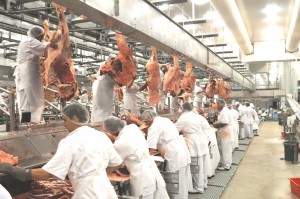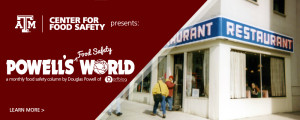Regarding peer-reviewed papers about cooking shows and food safety and something about integrity: There’s a lot of hucksters out there – especially in academia.
 I’ve articulated where the idea came from (my father), how we set out to do the research in 2002, how the Canadian Food Network loved us and then threatened to sue us.
I’ve articulated where the idea came from (my father), how we set out to do the research in 2002, how the Canadian Food Network loved us and then threatened to sue us.
I’m, uh, unaffiliated, so sue away.
The rest of youse are posers, but at least the Germans cited us.
Which sorta freaks me out, given that my infant father had his surrounding landscape bombed away in Newport, Wales, in 1940 (some of my relatives may have owned the Red Lion, no one really wants to talk about it).
Since a few years, cooking shows have enjoyed great popularity in Germany. Currently, about 60 different formats are broadcasted on German television. In the field of food preparation and nutrition, they represent a significant passive source of information. This study aims to assess food safety practices in German TV cooking shows and to identify potential differences between professional and amateur chefs.
With the help of an observational sheet, three trained evaluators examined 100 episodes of eight popular TV cooking shows. On average, the evaluators observed 1.2 hygiene mistakes per minute or one hygiene lapse every 50 seconds. The most common mistakes include the use of unwashed cutting boards, adding ingredients with unwashed hands and wiping dirty hands with tea towels.
A lack of handwashing before beginning food preparation and after coughing, sneezing, wiping the nose or sweat or touching their hair, eyes, etc. was also frequently observed. No significant differences between professional and amateur chefs were found for the overall frequency of food safety mistakes, but professional chefs more often complied with specific personal hygiene measures.
Findings suggest that little attention is paid to safe food handling practices in German TV cooking shows. However, they may be particularly suited to convey safe food handling practices to a broad audience, not least because of their popularity.
Food safety behavior observed in German TV cooking shows
17.sep.18
Food Control https://doi.org/10.1016/j.foodcont.2018.09.017
JasminGeppert, Sarah SchulzeStruchtrup, RainerStamminger, ClaudiaHaarhoff, VolkerEbert, SeverineKoch, MarkLohmann, Gaby-FleurBöl
https://www.sciencedirect.com/science/article/pii/S0956713518304705













